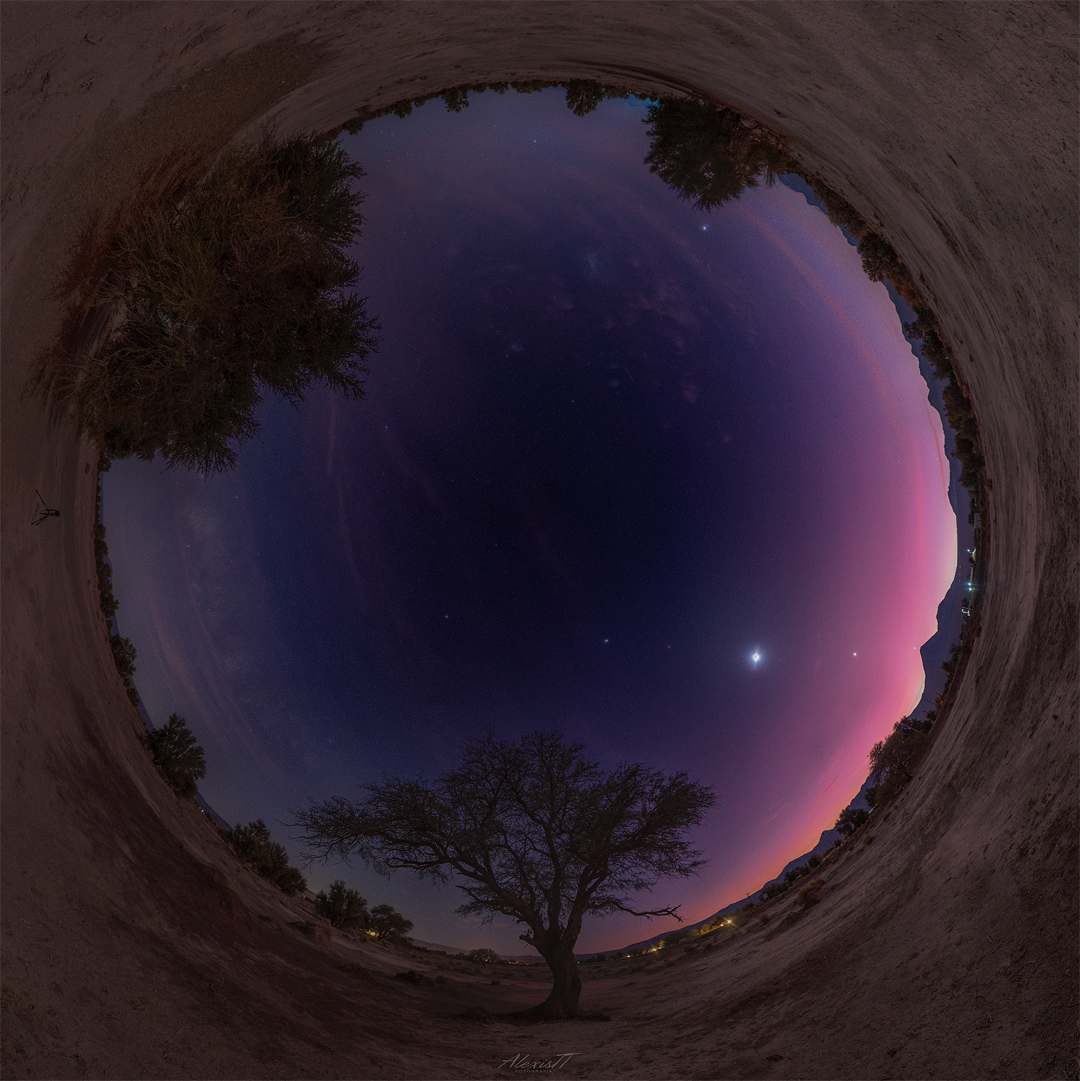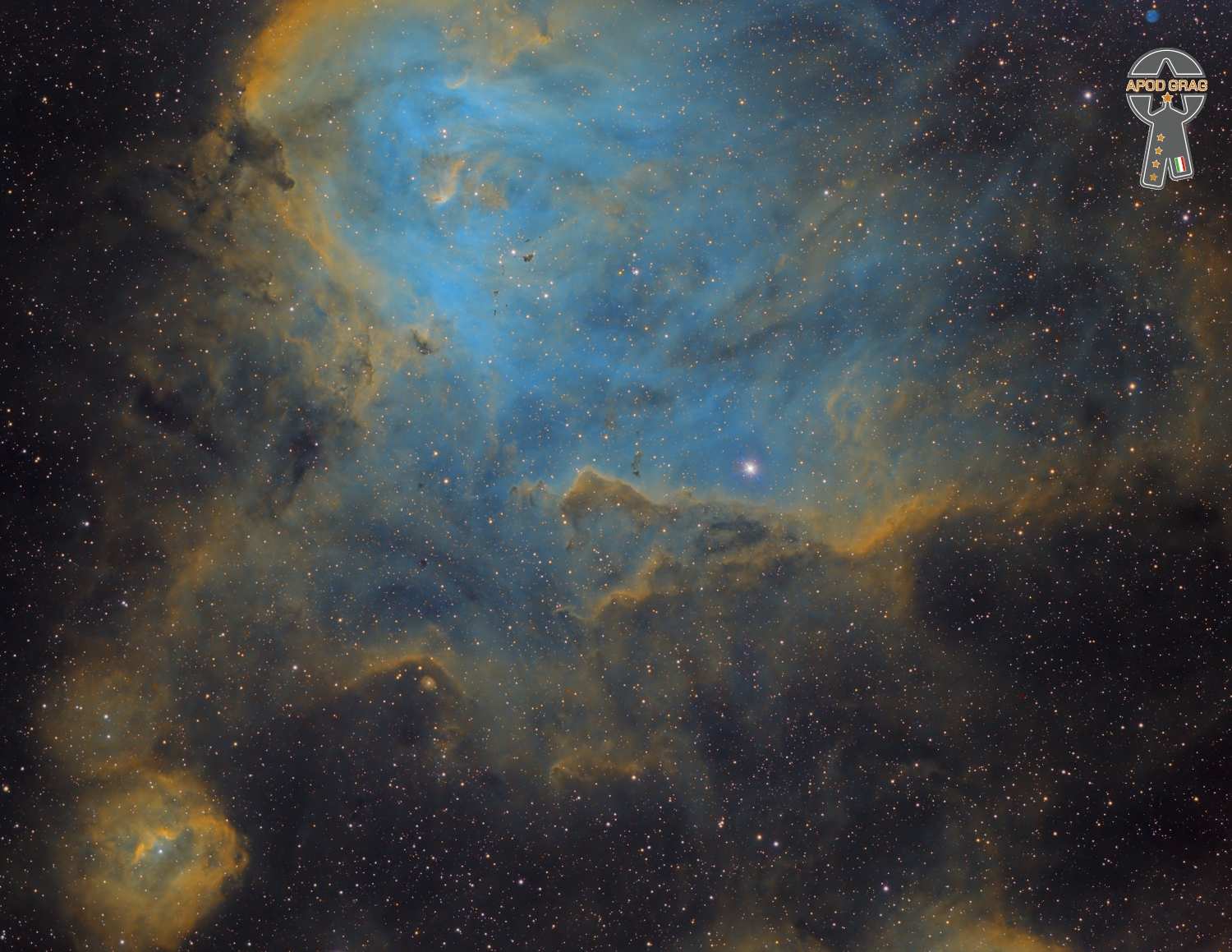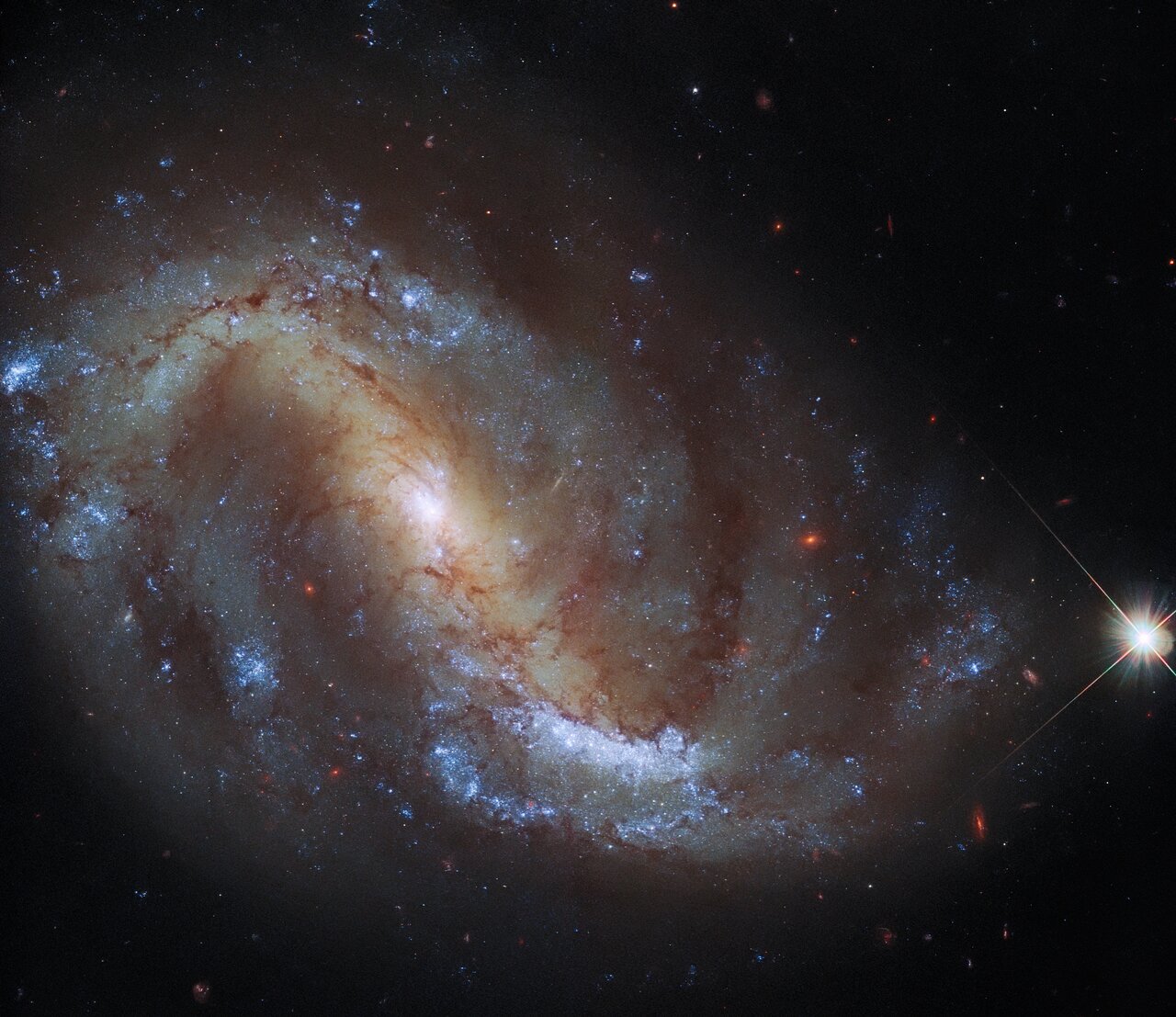Blog
Lena Mary Calhoun Horne (June 30, 1917 – May 9, 2010) was an American dancer, actress, singer, and civil rights activist. Horne’s career spanned over seventy years, appearing in film, television, and theatre. Horne joined the chorus of the Cotton Club at the age of sixteen and became a nightclub performer before moving to Hollywood.
Horne advocated for human rights and took part in the March on Washington in August 1963. Later she returned to her roots as a nightclub performer and continued to work on television while releasing well-received record albums. She announced her retirement in March 1980, but the next year starred in a one-woman show, Lena Horne: The Lady and Her Music, which ran for more than 300 performances on Broadway. She then toured the country in the show, earning numerous awards and accolades. Horne continued recording and performing sporadically into the 1990s, retreating from the public eye in 2000.
Lena Horne was born in Bedford–Stuyvesant, Brooklyn. Both sides of her family were African American though with a mixture of African, Native American, and European ancestry. She belonged to the upper stratum of middle-class, well-educated black people. She was reportedly descended from the John C. Calhoun family; his nephew, Dr Andrew Bonaparte Calhoun, “owned the slaves whose descendants include… Horne”.
more...A rare roll-call of planets has been occurring in the morning sky for much of June. The featured fisheye all-sky image, taken a few mornings ago near the town of San Pedro de Atacama in Chile, caught not only the entire planet parade, but the Moon between Mars and Venus. In order, left to right along the ecliptic plane, members of this Solar System family portrait are Earth, Saturn, Neptune, Jupiter, Mars, Uranus, Venus, Mercury, and Earth. To emphasize their locations, Neptune and Uranus have been artificially enhanced. The volcano just below Mercury is Licancabur. In July, Mercury will move into the Sun’s glare but reappear a few days later on the evening side. Then, in August, Saturn will drift past the direction opposite the Sun and so become visible at dusk instead of dawn. The next time that all eight planets will be simultaneously visible in the evening sky will be in 2122.

Eva Narcissus Boyd (June 29, 1943 – April 10, 2003), known by the stage name of Little Eva, was an American pop singer, well known for her 1962 hit “The Loco-Motion”. Although some sources claim that her stage name was inspired by a character from the novel Uncle Tom’s Cabin, she stated in an interview that she was named after her aunt, which prompted her family to call her “Little Eva”.
Boyd was born in Belhaven, North Carolina in 1943 and had twelve siblings. At the age of fifteen, she moved to the Brighton Beach section of Brooklyn, New York. As a teenager, Boyd worked as a maid and earned extra money as a babysitter for songwriters Carole King and Gerry Goffin.
It is often claimed that Goffin and King were amused by Boyd’s particular dancing style, so they wrote “The Loco-Motion” for her and had her record it as a demo (the record was intended for Dee Dee Sharp). However, as King said in an interview with NPR and in her “One to One” concert video, they knew she could sing when they met her, and it would be just a matter of time before they would have her record songs they wrote, the most successful being “The Loco-Motion”. Music producer Don Kirshner of Dimension Records was impressed by the song and Boyd’s voice and had it released.The song reached No. 1 in the United States in 1962. It sold over one million copies, and was awarded a gold disc. After the success of “The Loco-Motion”, Boyd was stereotyped as a dance-craze singer and was given limited material.
more...Julian Priester (born June 29, 1935) is an American jazz trombonist and occasional euphoniumist. He is sometimes credited “Julian Priester Pepo Mtoto”. He has played with Sun Ra, Max Roach, Duke Ellington, John Coltrane, and Herbie Hancock.
He was born in Chicago, Illinois, United States. Priester attended Chicago’s DuSable High School, where he studied under Walter Dyett. In his teens he played with blues and R&B artists such as Muddy Waters, and Bo Diddley, and had the opportunity to jam with jazz players such as the saxophonist Sonny Stitt.
In the early 1950s, Priester was a member of Sun Ra‘s big band, recording several albums with the group, before leaving Chicago in 1956 to tour with Lionel Hampton, and he then joined Dinah Washington in 1958. The following year he settled in New York and joined the group led by drummer Max Roach, who heard him playing on the Philly Joe Jones album, “Blues for Dracula” (1958). While playing in Roach’s group, Priester also recorded two albums as a leader, Keep Swingin’ and Spiritsville, both of which were recorded and released by Riverside (the latter by their Jazzland subsidiary) in 1960.
more...IC 2944, also known as the Running Chicken Nebula, the Lambda Centauri Nebula or the λ Centauri Nebula, is an open cluster with an associated emission nebula found in the constellation Centaurus, near the star λ Centauri. It features Bok globules, which are frequently a site of active star formation. However, no evidence for star formation has been found in any of the globules in IC 2944. Other designations for IC 2944 include RCW 62, G40 and G42.
The ESO Very Large Telescope image on the right is a close up of a set of Bok globules discovered in IC 2944 by astronomer A. David Thackeray in 1950. These globules are now known as Thackeray’s Globules. In 2MASS images, 6 stars are visible within the largest globule.

Anthony John Medeski (born June 28, 1965) is an American jazz keyboard player and composer. Medeski is a veteran of New York’s 1990s avant-garde jazz scene and is known popularly as a member of Medeski Martin & Wood. He plays the acoustic piano and an eclectic array of keyboards, including the Hammond B3 organ, melodica, mellotron, clavinet, ARP String Ensemble, Wurlitzer electric piano, Moog Voyager Synthesizer, Wurlitzer 7300 Combo Organ, Vox Continental Baroque organ, and Yamaha CS-1 Synthesizer (a “kids’ toy”), among others. When playing acoustic piano, Medeski usually plays the Steinway piano and is listed as a Steinway Artist.
Medeski was born in Louisville, Kentucky, and grew up in Florida. After studying piano as a child (starting when he was five years old), he began as a teenager to perform with musicians such as Mark Murphy and Jaco Pastorius. He attended Pine Crest School. In 1983, after graduating from high school, he began studying piano at the New England Conservatory in Boston, where he performed as a sideman with Dewey Redman, Billy Higgins, Bob Mintzer, Alan Dawson. Medeski attributes his early interest in playing improvised music and jazz to listening to Oscar Peterson.
more...Pete Candoli (born Walter Joseph Candoli; June 28, 1923 – January 11, 2008) was an American jazz trumpeter and the brother of trumpeter Conte Candoli. He played with the big bands of Woody Herman and Stan Kenton and worked in the studios of the recording and television industries.
A native of Mishawaka, Indiana, Pete Candoli was the older brother of Conte Candoli. During the 1940s he was a member of big bands led by Sonny Dunham, Will Bradley, Ray McKinley, Tommy Dorsey, Teddy Powell, Woody Herman, Boyd Raeburn, Tex Beneke, and Jerry Gray. For his ability to hit high notes on the trumpet he was given the nickname “Superman”. While he was a member of Woody Herman’s First Herd, he sometimes wore a Superman costume during his solo. In the 1950s he belonged to the bands of Stan Kenton and Les Brown and in Los Angeles began to work as a studio musician. His studio work included recording soundtracks for the movies Bell, Book and Candle, Private Hell 36, Save the Tiger, The Man with the Golden Arm, and The Prisoner of Second Avenue and appearing with The Tonight Show Band.
more...David “Honeyboy” Edwards (June 28, 1915 – August 29, 2011) was a Delta blues guitarist and singer from Mississippi.
Edwards was born in Shaw, Mississippi. He learned to play music from his father, a guitarist and violinist. At the age of 14, he left home to travel with the bluesman Big Joe Williams, beginning life as an itinerant musician, which he maintained through the 1930s and 1940s. He performed with the famed blues musician Robert Johnson, with whom he developed a close friendship. Edwards was present on the night Johnson drank the poisoned whiskey that killed him, and his story has become the definitive version of Johnson’s demise. Edwards also knew and played with other leading bluesmen in the Mississippi Delta, including Charley Patton, Tommy Johnson, and Johnny Shines.
https://www.youtube.com/watch?v=2H_rzlGKO1M
more...This image from the NASA/ESA Hubble Space Telescope shows the barred spiral galaxy NGC 7496, which lies over 24 million light-years away in the constellation Grus. This constellation, whose name is Latin for crane, is one of four constellations collectively known as the Southern Birds. The others are Pavo, Phoenix and Tucana, which depict a peacock, phoenix, and toucan respectively. The rest of the night sky is also home to a flock of ornithological constellations, including an eagle (Aquilla), swan (Cygnus), crow (Corvus), and dove (Columba). This image comes from a collection of observations delving into the relationship between young stars and the cold, dense clouds of gas in which they form. In addition to observations with Hubble’s Wide Field Camera 3 and Advanced Camera for Surveys, the astronomers behind this project gathered data using the Atacama Large Millimeter/submillimeter Array (ALMA), one of the largest radio telescopes in the world. As well as shedding light on the speed and efficiency of star formation in a variety of galactic environments, this project is also creating a treasury of data incorporating both Hubble and ALMA observations. This treasure trove of data from two of the world’s most capable observatories will contribute to wider research into star formation, as well as paving the way for future science with the James Webb Space Telescope. Links Video of Hubble Goes Galactic Birdwatching

Khadja Nin (born 27 June 1959) is a Burundian singer and musician.
Nin was born in Burundi, the youngest of a family of eight. Her father was a diplomat. She studied music at an early age like most of her brothers and sisters. With her exceptional singing voice, at the age of seven she became one of the lead vocalists in the Bujumbura choir and performed in the local cathedral. She left Burundi for Zaire in 1975 and married in 1978. In 1980 she emigrated to Belgium with her two-year-old son. In 1985 she obtained a contract with BMG. Her second album, a 1994 release entitled Ya Pili, was critically acclaimed.
Her breakthrough came in 1996 with her widely popular album Sambolera, which was sung in Swahili, Kirundi, and French. In 1997 she performed the song “Sailing” in a duet with Montserrat Caballé on the album Friends For Life. She successfully used a blend between African rhythms and modern pop to create her own unique brand of music. One of her most popular songs is Sina Mali, Sina Deni, a translated cover version of Stevie Wonder‘s song Free.
The first album was released in 1992, sung in Swahili. But it is best known in France in 1995 with the tube Sambolera mali sound, a title of the second album, Ya Pili (The second). The third album is a compilation of old and new titles. Jeanne Moreau makes the clip illustrating her song Mama, where she talks about her mother, on her fourth album Ya … . The texts of this album are in Swahili or Kirundi (for the chorus of the title Mama). The album also includes a cover of a piece by Gabonese musician Pierre Akendengué, Africa Obota, and a title of Stevie Wonder, Free that she renamed Sina mali, sina deni (I am neither rich nor indebted). Another piece pays tribute to Nelson Mandela, and a song calls for easing the embargo imposed on Burundi.
more...George Braith (born George Timothy Braithwaite on June 26, 1939) is a soul-jazz saxophonist from New York.
Braith is known for playing multiple horns at once, a technique pioneered by Roland Kirk. Braith is credited with the invention of the Braithophone, two different horns (straight alto and soprano) mended together by extensions, valves and connections.
Braith is featured in a mosaic in the 72nd street station of the Second Avenue Subway in the New York City Subway system.
Of Braith’s album Musart Thom Jurek at AllMusic wrote, “Musart is his masterpiece; it is one of the most diverse yet refined albums to come out of the ’60s, and has few peers even today.”
more...Johnny “Big Moose” Walker (June 27, 1927 – November 27, 1999) was an American Chicago blues and electric blues pianist and organist. He worked with many blues musicians, including Ike Turner, Sonny Boy Williamson II, Lowell Fulson, Choker Campbell, Elmore James, Earl Hooker, Muddy Waters, Otis Spann, Sunnyland Slim, Jimmy Dawkins and Son Seals.
Walker was primarily a piano player but was also proficient on the electronic organ and the bass guitar (he played the bass guitar when backing Muddy Waters). He recorded solo albums and accompanied other musicians in concert and on recordings.
John Mayon Walker was born in the unincorporated community of Stoneville, Mississippi, partly of Native American ancestry. He acquired his best-known stage name in his childhood in Greenville, Mississippi, derived from his long, flowing hair. He learned to play several instruments, including the church organ, guitar, vibraphone and tuba.
more...St. Elmo Sylvester Hope (June 27, 1923 – May 19, 1967) was an American jazz pianist, composer, and arranger, chiefly in the bebop and hard bopgenres. He grew up playing and listening to jazz and classical music with Bud Powell, and both were close friends of another influential pianist, Thelonious Monk.
Hope survived being shot by police as a youth to become a New York-based musician who recorded with several emerging stars in the early to mid-1950s, including trumpeter Clifford Brown, and saxophonists John Coltrane, Lou Donaldson, Jackie McLean, and Sonny Rollins. A long-term heroin user, Hope had his license to perform in New York’s clubs withdrawn after a drug conviction, so he moved to Los Angeles in 1957. He was not happy during his four years on the West Coast, but had some successful collaborations there, including with saxophonist Harold Land.
More recordings as leader ensued following Hope’s return to New York, but they did little to gain him more public or critical attention. Further drug and health problems reduced the frequency of his public performances, which ended a year before his death, at the age of 43. He remains little known, despite, or because of, the individuality of his playing and composing, which were complex and stressed subtlety and variation rather than the virtuosity predominant in bebop.
Elmo Hope was born on June 27, 1923, in New York City. His parents, Simon and Gertrude Hope, were immigrants from the Caribbean, and had several children. Elmo began playing the piano aged seven. He had classical music lessons as a child, and won solo piano recital contests from 1938.Fellow pianist Bud Powell was a childhood friend; together, they played and listened to jazz and classical music. Visits to one hospital that was experienced in addressing the health problems of drug addicts left Hope feeling that he was being experimented on, so he went to another, St. Clare’s. Here, according to his wife, the treatment was not adjusted for the methadone program he was on, putting added strain on his heart. Hope was hospitalized with pneumonia in 1967 and died a few weeks later, on May 19, of heart failure. His wife was aged 31 at the time of his death. They had three children;[13] their daughter, Monica Hope, became a singer.
https://www.youtube.com/watch?v=sn9kUrDIaU4&list=PL0q2VleZJVElRyhL5vCd2mGu4hWtAcKrb
more...More Posts
- Trio Mandili
- Daily Roots Tommy McCook
- Echos of Freedom Malcom X
- Lost Souls
- Peace & War
- Joe Khoury Memorial
- Obama Truth
- Betty LaVette
- Happy Chinese Lunar New Year 2025
- Cosmo NGC 3718/29
- Beverly Kenney
- James Jameson
- Ed Shaughnessy
- World Music Shirley Collins
- Daily Roots Roots Radics
- Cosmo HFG1
- King Tubby
- Ronnie Scott
- John Williams
- World Percussion Mohamed Bangoura